|
A few days ago I wrote a short blog post about the River Emergency Services that operated on the Thames. Coincidentally the following badge and ID card appeared on eBay. I have yet to come across a clear photo of the circular badge that the RES volunteers wore on their ski caps pre-war and early in the war but I assume it was similar in design to the badge shown.
The Port of London Authority (PLA) coats of arms is also shown below in detail. It is described as: "Azure (blue), issuing from a castle argent (silver), a demi-man (half man) vested, holding in the dexter (right) hand a drawn sword, and in the sinister (left) a scroll (the one representing the Tower of London, the other the figure of St Paul, the patron saint of London). Crest: On a wreath of the colours, an ancient ship, the main sail charged with the arms of the City of London. Supporters: On either side a sea-lion argent (silver), crined (meaning having hair), finned and tufted or, issuing from waves of the sea proper, that to the sinister (left) grasping the banner of King Edward II; that to the dexter (right) the banner of King Edward VII." The Latin motto is "Floreat Imperii Portvs", meaning "May the Port of the Empire Flourish".
0 Comments
Members of various Civil Defence services that had undertaken and passed the St John Ambulance Association (SJAA) first aid courses could wear a cloth badge on their right pocket. This badge is often seen on period photographs. This photo below shows a member of a FA Party wearing a small metal St John Ambulance Association badge. There are a few versions of this badge but his appears to have a black enamel centre - see the second photo. This badge is available with both the half-moon lapel fitting and the pin brooch. The SJAA also issued collar insignia but it would appear that these are always in plain metal without any enamelling.
With the threat of war building through the spring and summer of 1939, the London County Council undertook measures to assist people affected by air raids. in August 1938 the Ministry of Health made London County Council (LCC) responsible for organising the Rest Centre Service.
Across the 28 metropolitan borough (plus the City of London), ten areas were created headed by an Area Control Office. Each of these offices provided reports to County Hall. Each area sought out schools and church halls that could be used for assisting bombed out citizens. At the start of the war some 98 buildings had been selected. By may of 1940 over 500 buildings had been selected that could house up to to 100,00 refugees. Support to run the centres came from the Public Assistance Department but was also assisted by the WVS and other volunteer groups (especially those drawn from church groups). As the Blitz on London commenced the service came under enormous strain. Many more refugees than expected arrived and they stayed longer than hoped for (either bombed out or unable to return home due to unexploded bombs). The Rest Centres provided a place to stay and also provided food. Additionally the centres could provide identity cards and other documentation lost during a raid. The below badge is a very common badge that can usually be obtained very cheaply (for a fiver or less). Although there seems to be thousands of these badges I have yet to see one in a period photograph. The design has a rather complex centre motif of the letters R, C and S intertwined. Every example I have seen to date has a pin brooch fitting. There is a rarer version with black rather than blue enamel as well. The badge appears to have been issued nationwide as well as in London. Regularly appearing on the tat-bazaar that is eBay are faked lighters, cigarette cases, Vesta match cases and stamp holders bearing poorly soldered on ARP buttons and badges. A certain person is producing these items (and many, many others featuring army, air force and navy motifs) on a weekly basis and selling them on eBay. They are so clearly recent fakes that one would think no one would be taken in by them. Alas, they regularly sell. They are all bullsh*t of the highest order.
Following the Munich Crisis in September 1938, the British Government implemented a number security measures to defend the nation. Amongst them was the defence and protection of essential port services in London and elsewhere should war be declared. It was foreseen that the River Thames, with its warehouses, docks and wharves, would be a prime target of the Luftwaffe. The River Emergency Services (RES) was founded in late 1938 as a River Thames-based civil defence unit under the control of the Port of London Authority (PLA). Its duties included casualty rescue and evacuation, running floating ambulances and coordinating communications. A somewhat similar service, the Clyde River Patrol, ran in Scotland. The formation of the River Emergency Services included the requisitioning of boats (pleasure steamers were converted into ambulance boats and floating first aid stations), the purchasing of equipment and allocation of manpower. Following the declaration of war against Germany on 3 September, 1939 all UK ports were put under the control of a Port Emergency Committee (PEC), responsible to the Ministry of Transport (this was part of the larger Emergency Powers (Defence) Act passed on August 24, 1939). Sir John Douglas Ritchie headed the Port of London committee; he had succeeded David Owen as general manager of the Port London Authority (PLA) in 1938. By the outbreak of war, the RES had 14 fully equipped ambulance ships and 135 smaller vessels available. As part of the National Service initiatives, Girl Guides, Sea Scouts and Sea Rangers could join the River Emergency Services. Ambulance ships were manned by a registered nurse (Sister), Red Cross nurses, first aid-trained RES volunteers, a doctor and boat’s captain plus stretcher bearers and two signallers (often Scouts) and sailors manning the boat. The first attack by German planes on the lower Thames Estuary occurred in November 1939. However, with no enemy action against London’s port facilities or the city during the Phoney War a number of the volunteers in the RES left for other services. At its height the RES was made up of 1,500 personnel operating 170 small craft and 14 river ambulances. In June 1940, the Admiralty took control of all RES craft except the river ambulances. The first significant attack on London came on 7 September, 1940. Some 375 enemy aircraft attacked the city and its docks, wharves and warehouses along the Thames. This was followed by 57 days of consecutive raids. By the summer 1941 the River Emergency Service was operating eight fully-manned ambulance ships. The RES continued to operate until it was stood down in May 1945 and personnel with the requisite time served could apply for the Defence Medal. Uniform & Insignia River Emergency Service uniform for men was of naval pattern with peaked caps. The caps featured the RN-pattern crown and wreath but with RES letters rather than the RN fouled anchor.
Women of the RES wore dark blue trousers, shirt and tie. Some of the shirts had the letters RES embroidered in white above the left breast pocket. A lanyard was also worn. For headwear, there was the ski-cap similar to that worn by members of the Civil Defence ambulance service. This ski-cap initialled featured a circular badge and was later replaced with a crown over a circle containing the letters RES in gold wire or yellow thread. A curved shoulder title was worn on a dark navy-blue greatcoat. |
Please support this website's running costs and keep it advert free
Categories
All
Archives
June 2024
|
|
|
Copyright © 2018–2024
|
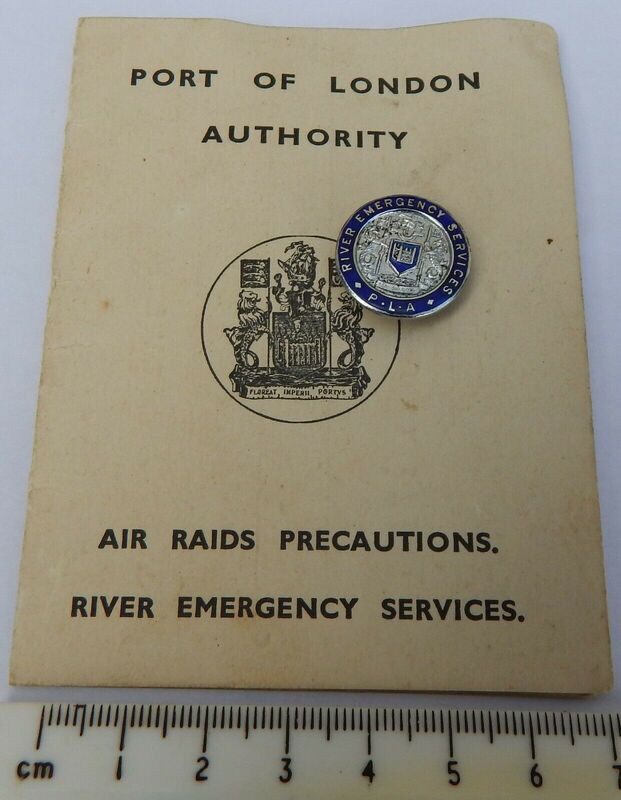
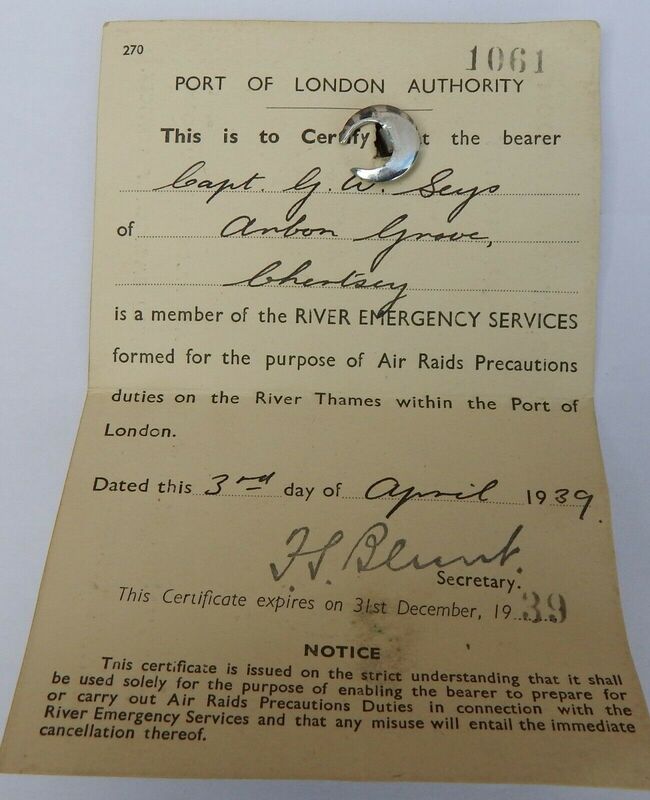
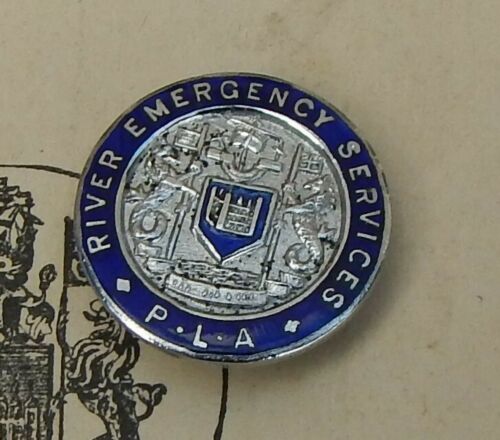
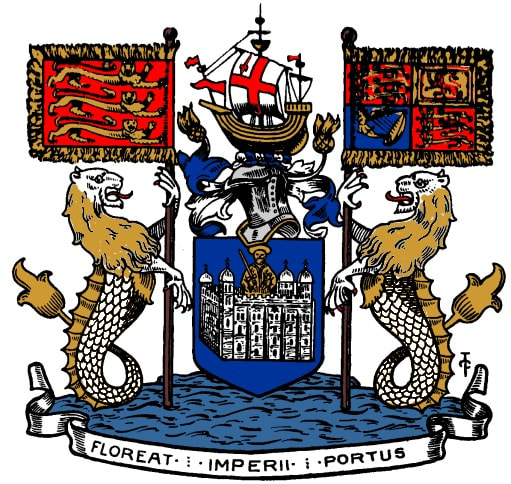
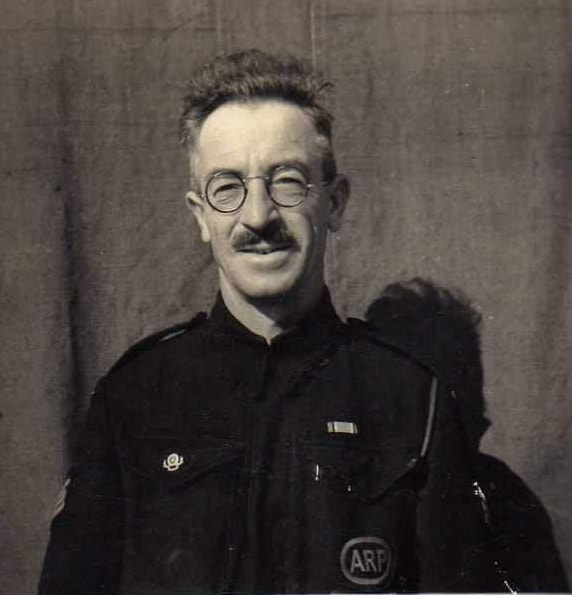
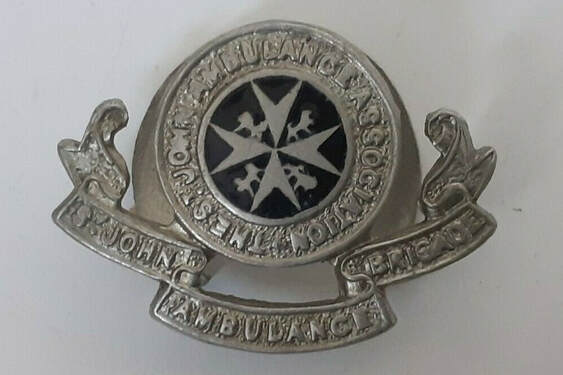
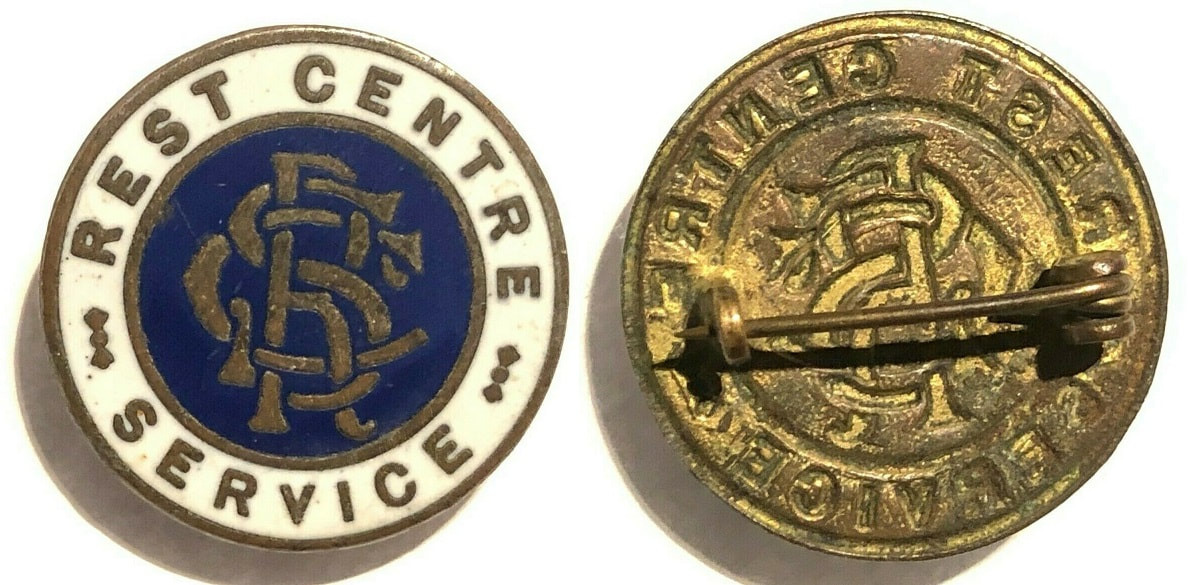
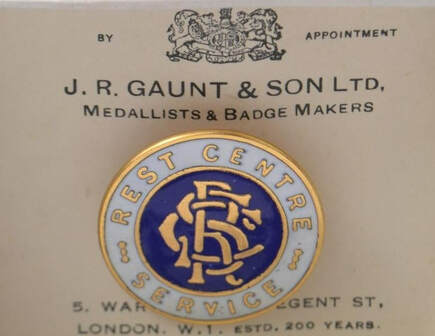
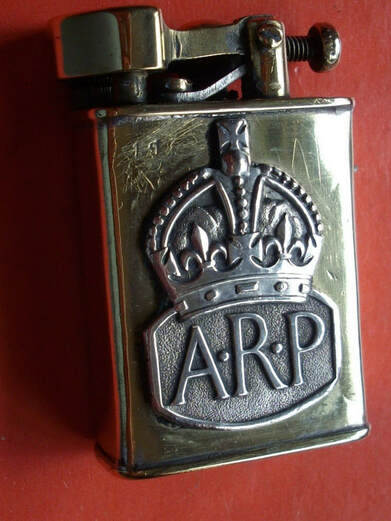
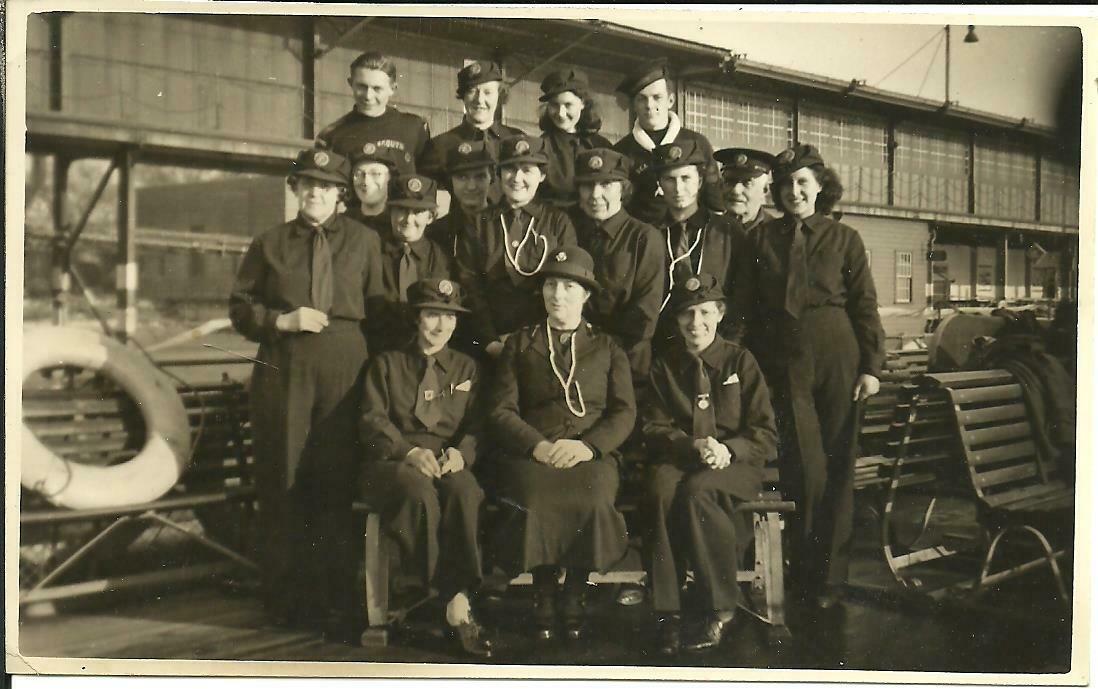
 RSS Feed
RSS Feed